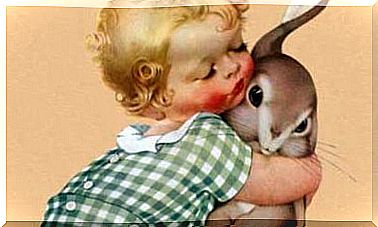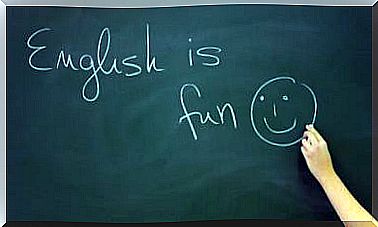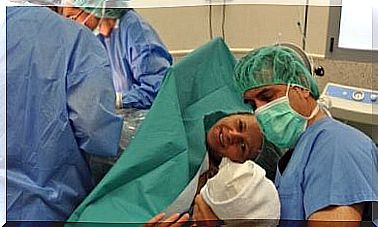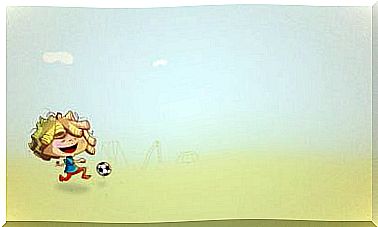Why Do Children Imitate What They See?
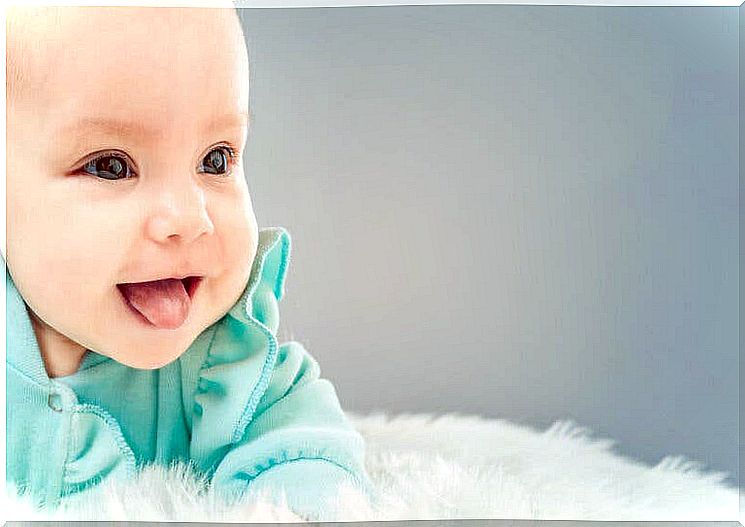
Children have a great ability to imitate what they observe. A few hours after birth, they begin to imitate the adults around them. For example, if the mother sticks out her tongue, the newborn will imitate her with remarkable success, performing the same behavior he observed. But why do children imitate everything they see? What is the reason for this type of behavior?
Thanks to imitation, children acquire the ability to exercise their own possibilities of expression and, going a little further, we can observe how they begin to perceive themselves as agents.
We could say that the infant begins to experience the coincidence of what is perceived with his behavior, according to the shared copy theory or embedded simulation (Meltzoff, 2007; Meltzoff & Moore, 1977).
When babies are between 12 and 21 days old, they can mimic facial and hand gestures. Such imitation implies that newborns can equate their own invisible behaviors with the gestures they see others performing.
Next, we’ll present a survey in which we’ll look at when children begin to imitate what they see.

Newborns imitate the facial gestures of adults
In a study by Meltzoff AN. and Moore MK., evaluated the ability of newborns aged between 0.7 and 71 hours to imitate 2 adult facial gestures: mouth opening and tongue protrusion (showing the tongue). The newborns were placed in a dimly lit room and video equipment sensitive to infrared light was used.
The videotaped records were evaluated by an observer who was not informed about the gesture shown to the babies. Both the frequency and duration of mouth openings and tongue protrusion of the newborns were counted. The results showed that the newborns were able to imitate the two adult models.
This study suggests that this is probably due to three possible mechanisms underlying this early imitative behavior : instrumental or associative learning, innate release mechanisms and active intermodal pairing, that is, the ability to recognize stimuli initially encoded in a sensory modality through of a different modality (for example, just touching the targets without seeing, just seeing without touching).
Children imitate what they see: why?
Children imitate what they see and this is due to mirror neurons, discovered by Giacomo Rizzolatti. Mirror neurons are a particular type of neuron that humans have that are activated when a person performs an action, but also when that person observes a similar action performed by another person.
These neurons are part of a system of neural networks that allow execution-intention-emotion perception.
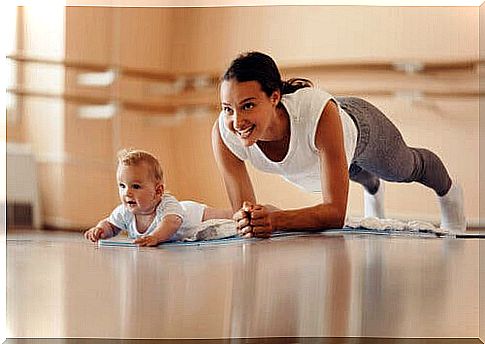
When we stop to observe another person, the simple movement of their hand, foot or mouth activates the same specific regions of the motor cortex, as if the observer were making the same movements. But the process goes beyond simply reproducing a similar latent movement by the viewer.
The system integrates into its neural circuits the attribution/perception of the intentions of others, as explained by the theory of mind.
Interpersonal understanding and action are based on capturing the intentions and motives of the behavior of others. To do this, neural circuits simulate the actions we observe subliminally, thus allowing identification with other people.
In this way, actor and observer are in very similar neural states, as if they were performing the same actions, sensing intentions or feeling the same emotions.
Mirror neurons and development
We are social beings, and our survival depends on understanding the intentions and emotions that translate the apparent behaviors of others. Mirror neurons allow us to understand the minds of our fellow men, not through conceptual reasoning, but directly, feeling without having to think.
Mirror neuron systems enable the learning of gestures by imitation : smiling, walking, talking, dancing, playing football, etc., and also the feeling that we fall when we see another person on the floor, the pain we feel when someone cries, the shared joy, among others.
